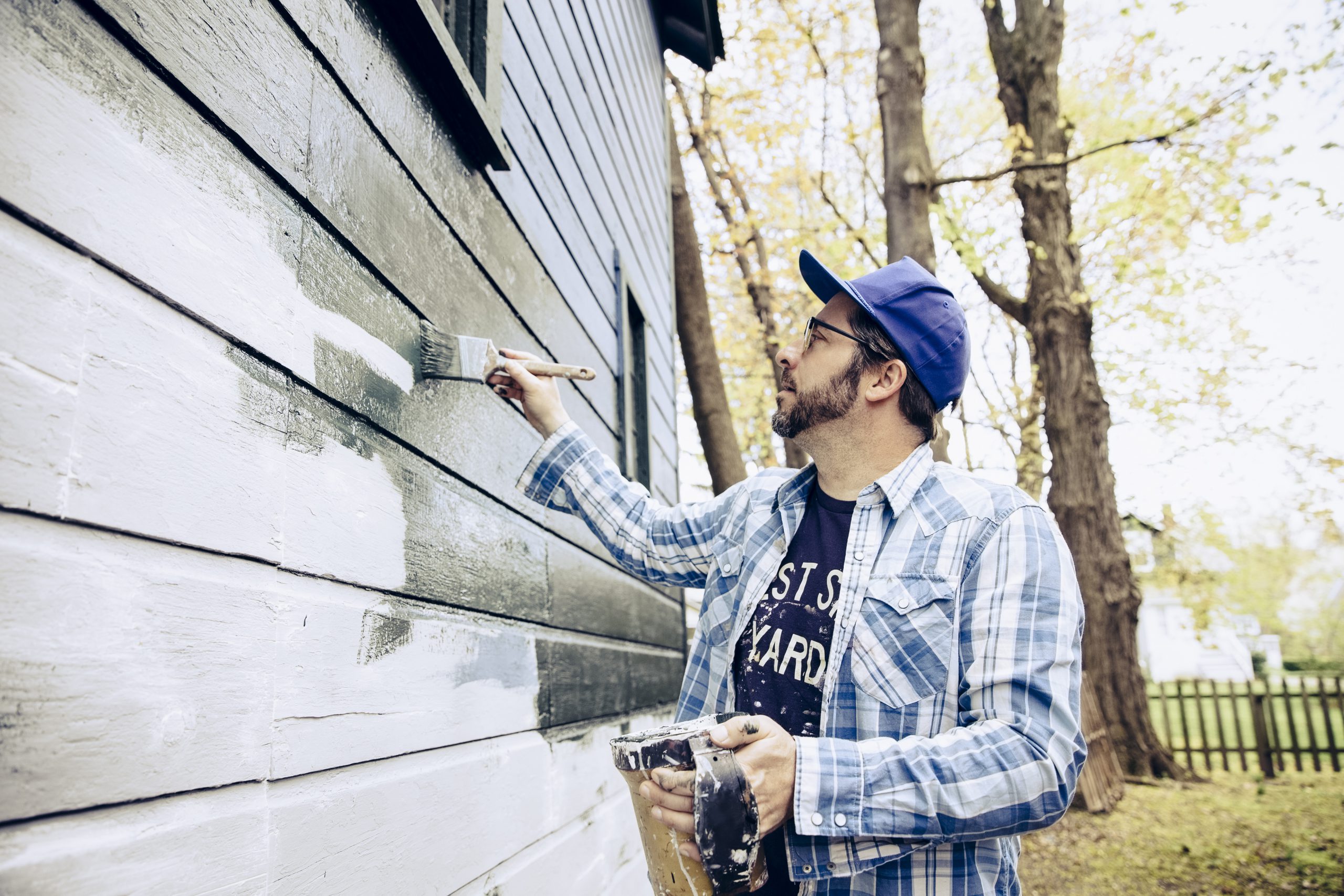
One of the most cost-effective ways to prepare your home for sale is to give it a fresh coat of paint.
Many owners will take on this task themselves, and they’ll do an outstanding job. On occasion, however, their painting skills will let them down. Usually, the problem is all in the preparation.
Be aware that the value of a home will diminish if renovations and general improvements look like an amateur has carried them out.
Below, we’ve outlined how you should prepare a wall for repainting. So, if your budget won’t stretch to hiring a professional contractor, then at least you’ll be able to get the job done correctly.
Assess your challenge
Before cracking open a paint tin, take some time to gauge the state of the walls. If they’re badly marked, you’ll likely need a stain-blocking primer before applying your preferred colour scheme.
Find marks
Spend time carefully locating all the damage to your walls. An excellent method to find flaws is to turn on the lights and close the curtains. Mark each problem with tape so you can return to them and fix them with filler. Don’t use pen ink.
Nail it
Look for any sign of nails that have worked themselves loose in your gyprock walls, which happens with temperature changes. A good fix is to replace it with a drywall screw, which won’t pop out.
Corner capers
Metal corner beads dent easily and crack the wall. Straighten the bead with light blows with a hammer. Then, cover the cracks with mesh tape and apply a joint compound. Let it dry and sand it back.
Glue blues
If you have glue from mirrors on your gyprock, don’t immediately remove it. Cut around the glue so the surface won’t tear beyond the cut. Then, use a putty knife to scrape away the glue. A 120-grit piece of sandpaper gets the job done, too. Fill in the damaged area with the joint compound.
Primer
If you have water stains or even crayon marks on the wall, you’ll need a “blocking primer” rather than a regular primer to ensure colours and stains don’t bleed through. Sometimes, lightly sanding the primer will help the additional paint hold onto the wall more effectively.
Painting
Once you’ve fixed all the problems, you’ll need no more than two coats if you’ve used a primer first. If you’ve been diligent in your preparation, you will undoubtedly have a five-star paint job.
